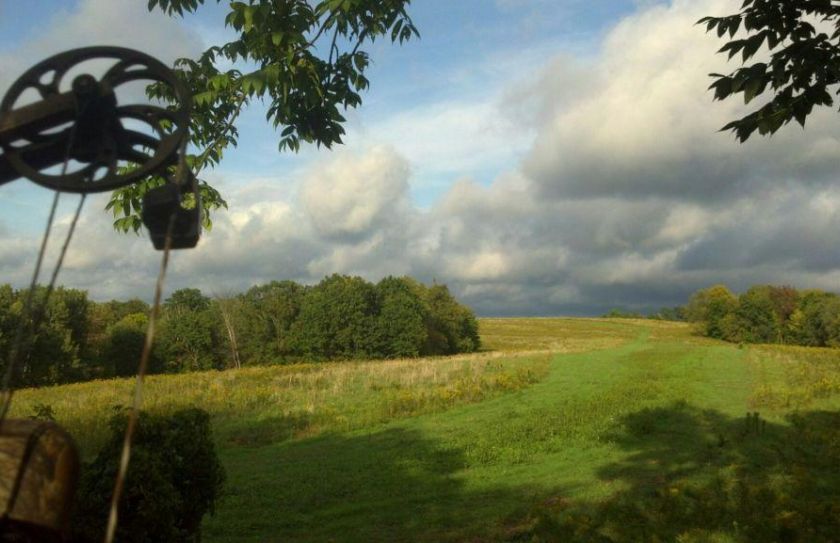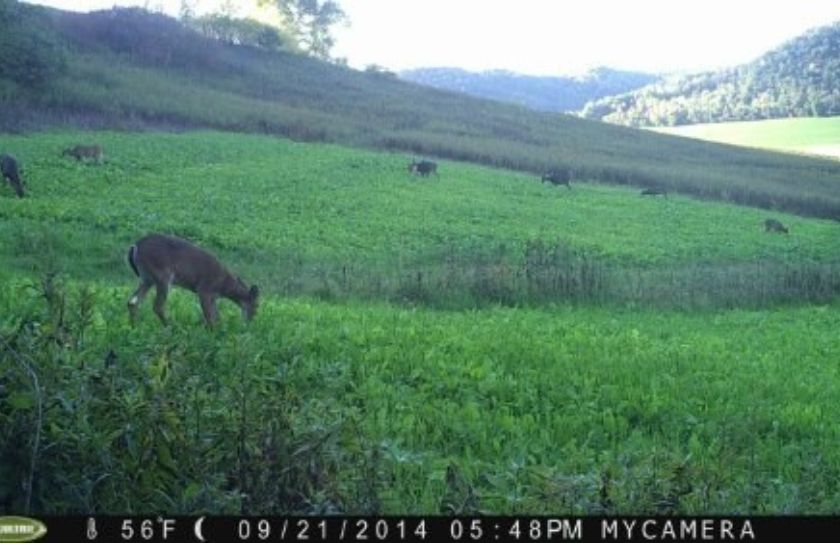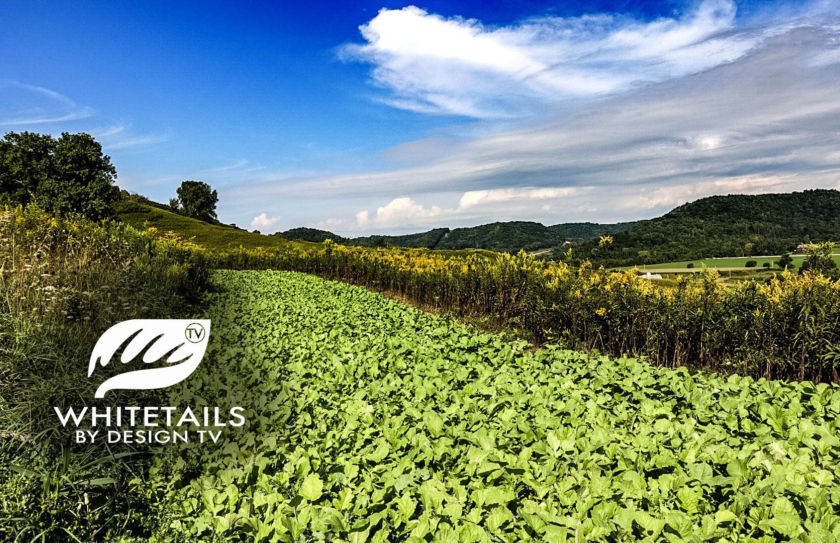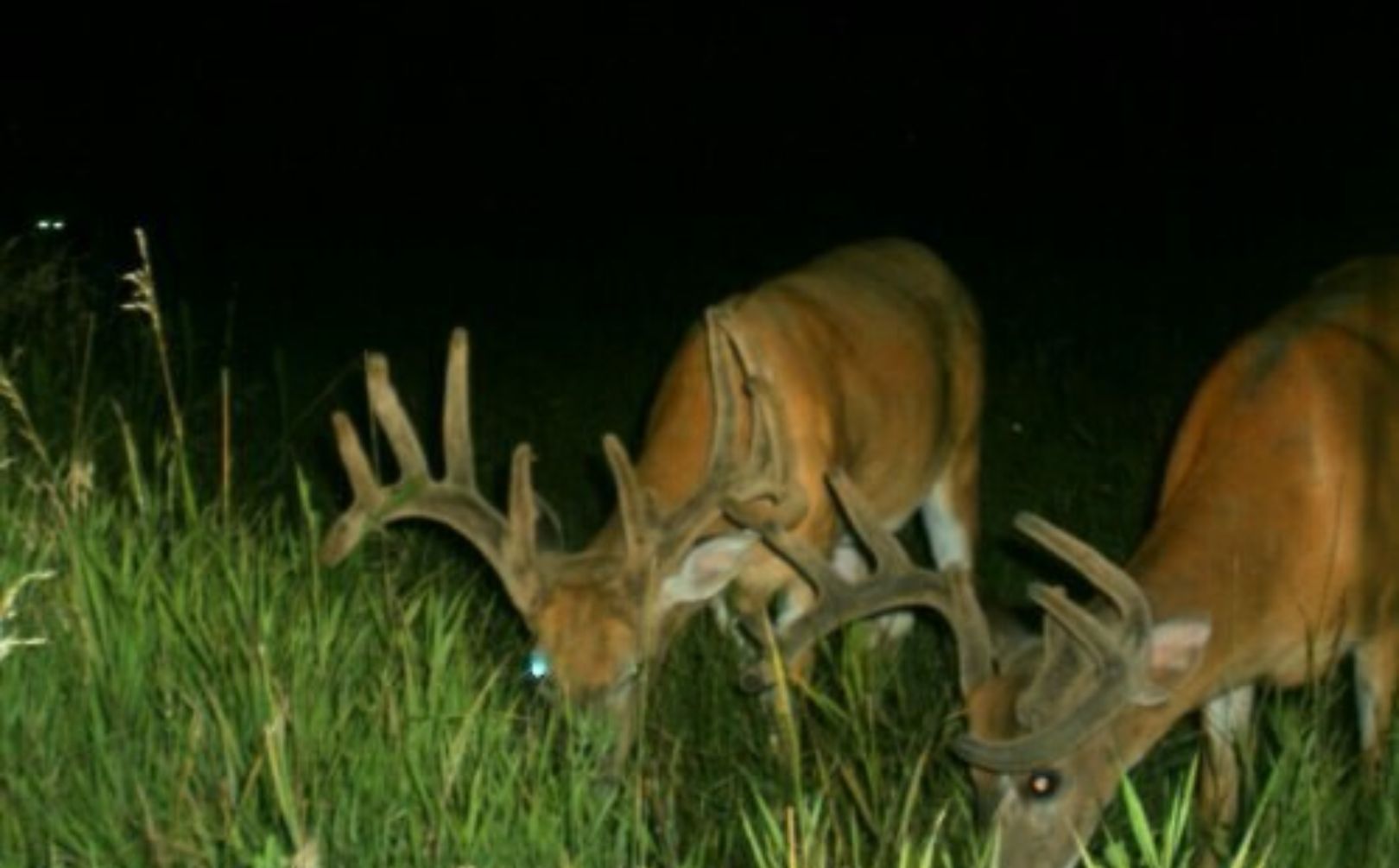
When it comes to the 24 hour clock of deer behavior, deer feeding times create and define deer movement, and bedding cover defines daytime reclusiveness. The higher the forage quality and more defined the location, the more predictable the deer movement. Of course water, wind, rain, snow, temperatures and moon phases all effect deer movement; but there is nothing more reliable for recognizing the patterns of a monster buck's travels, than the urges of his stomach.
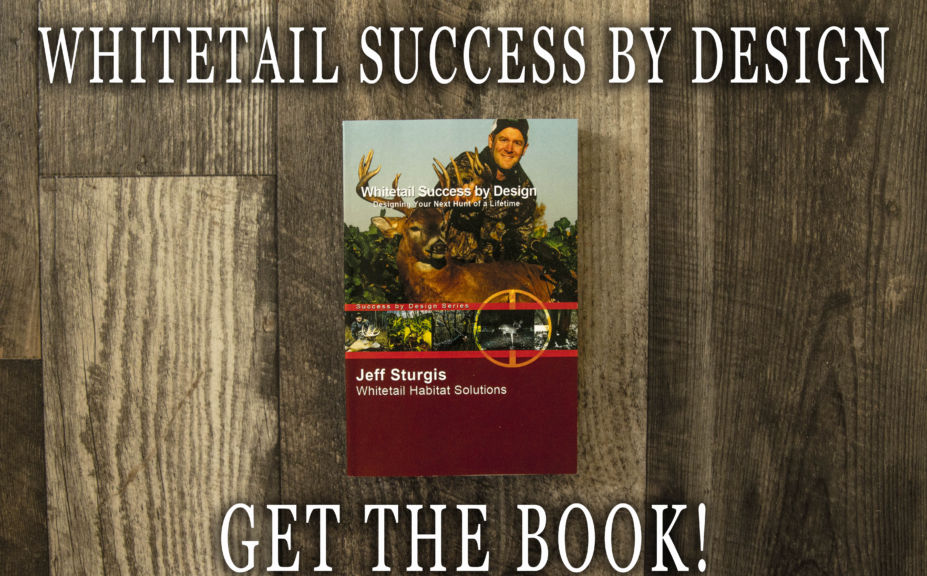
*Make sure to check out my whitetail book series to help you find public or private land mature bucks this Fall, including "Whitetail Success By Design" and "Food Plot Success By Design"
What kind of clock does a mature buck follow when it comes to his food source? All deer feed 5xs in a 24 hour period, so follow along as I reveal the daily patterns of deer feeding times, that you can use to help ambush a monster buck this season.
1. Afternoon Buffet
After dining on woody browse, a few acorns and an apple or two with limited movement during the entire day, the deer herd is ready to put the feed bag on. Diversity and volume is key. While each and every deer feeding time is important to the daily life of a mature buck, this is by far the most important for your habitat and hunting endeavors. Why? Because this is the most dependable, reliable and predictable deer feeding time in the woods; and you can set your clock to it!
The parcel's that provide for and control this deer feeding time often mold the herd dynamics for hundreds of acres at a time, even if the afternoon feeding land is just a few dozen acres or less, with only a few acres of food or less. Deer desire to feed in this location roughly 2 hours prior to dark every single day, and will travel to find the dynamics of safety and diversity if they have to. If you don't offer this movement, or you apply too much hunting pressure to the movement, than you can expect the deer to find safer pastures.
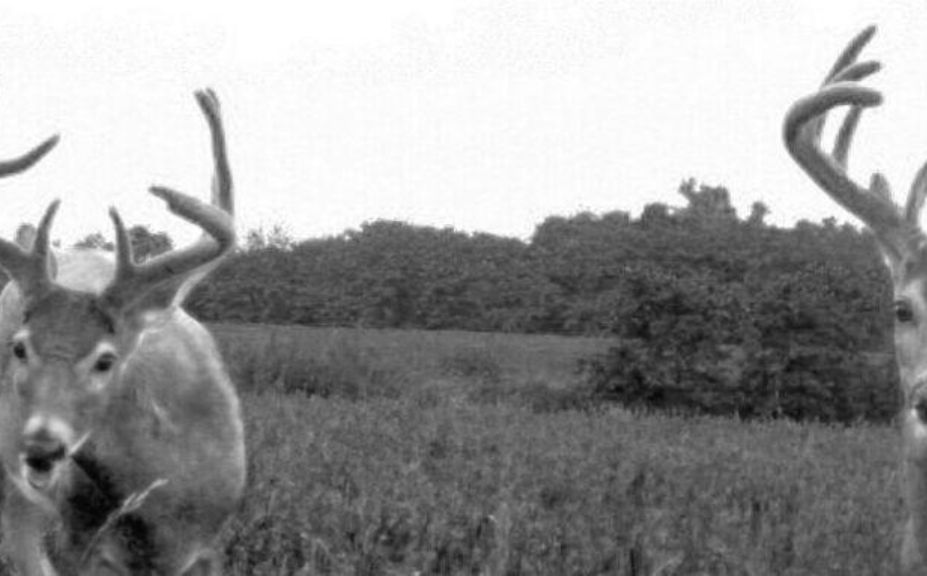
*If the food sources on your land are safe and secure, deer will consistently feed on them roughly 2 hours prior to dark. This should be the foundation of mist lands! To make sure that the deer are following the script, try reading "Low Pressure Food Plots Equal Success"
In my experience, the timing of this movement resets the clock of feeding activity for each 24 hour period. A rising full moon will often push the feeding time back an hour or two, resulting in poor afternoon deer feeding movements, and poor weather can also delay the feeding. However, when conditions are typical, you can just about set your watch to this feeding time every afternoon, as the cycle continues to reset every 24 hours.
2. Lazy Haze
It's been dark for a few hours, it's time to feed and the conditions are calm, cool and social. Better yet, the deer most likely do not have to move very far to feed because they are most likely already there! Darkness bedding takes place in the middle of ag fields, open hardwoods and any other area that promotes a high level of social interaction, safety and relaxation. Although this is the time a mature buck can wander for miles before returning home before daylight, this is much more of a social deer feeding time, than a heavy feeding time.
This is not a time that you want deer feeding on your land, because often this is a place that the deer travel to during darkness after feeding heavily in their afternoon feeding location during the daylight.
3. Midnight Social
Often deer are still located in their post sunset haunts, but things begin to get ineresting! You know all of those middle of the night trail cam pics that you collect every year? Many of them come during this time, when mature bucks wander far, and the feeding urgest can again be somewhat heavy after the period of a lazy haze.
4. Morning Madness
Was the afternoon feeding time extremely heavy due to cold temperatures and optimum weather patterns? Did heavy winds settle overnight? Did a pack of coon hounds sniff up the woods during he middle of the night? Each and every deer feeding time, effects the next. It may help to picture deer feeding times as one giant roller coaster of light and heavy activity levels based on a number of factors already mentioned.
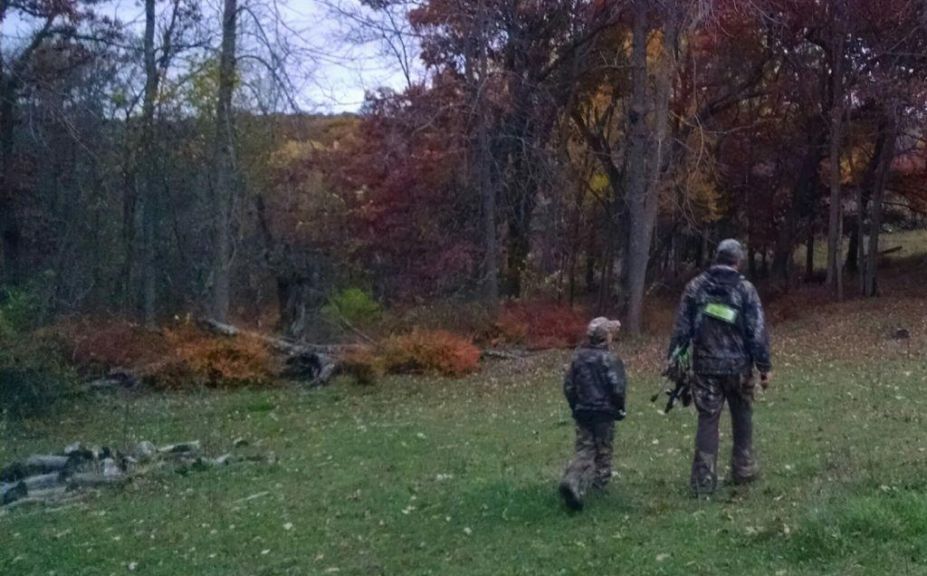
*Entering a stand location a bit later in the morning has several advantages for you, in particular as you seek to take advantage of a late morning feeding surge opportunity! To learn more about this practice, check out "Post Daybreak Stand Entrance For Bucks".
5. Bedtime Snacks
Whether deer are just plain lazy during the heat of the day or are forced to, they just don't move that much. Monster bucks will stick close to their daytime sanctuaries, but at the same time a great opportunity is there for the taking! A small, hidden and defined food can be just what a mature buck will visit during the daytime, within 100 yards or less of his bedding area. I prefer to seek purely natureal locations, including a giant white oak or a few apple trees. However, a small, non-invasive waterhole can work like magic when the hunting heats up due to the rut, temperatures or both.
Conclusion
One of the most important pieces of advice about deer feeding times that I can give you, is to allow the 24 hour clock to reset on your own land, every day. If you contain and control the afternoon feeding time on your own land, before sending the deer herd packing following sunset, then "the sky is the limit" as it relates to your hunting and habitat efforts!
When you control the afternoon deer feeding time slot, you create a highly structured hunting plan of attack that allows you target feeding movements, bedding movements and movements in between. By focusing on the limited and compact daylight feeding movements, instead of the broad and undefined darkness time slots, the foundation of your hunting land will be running at its peak of strategic efficiency!
